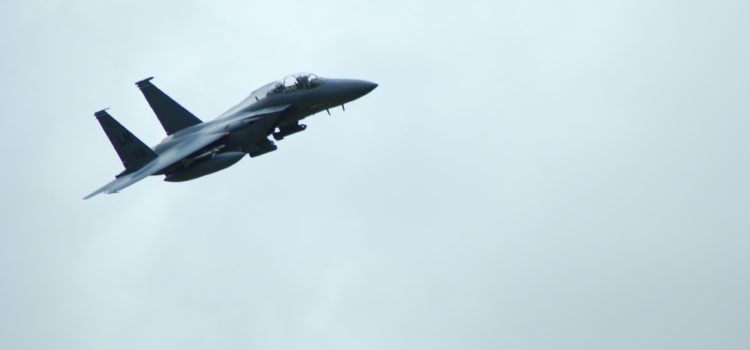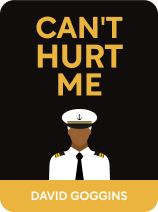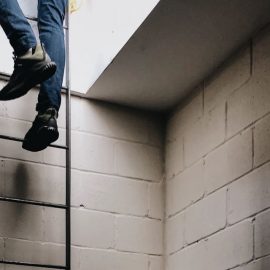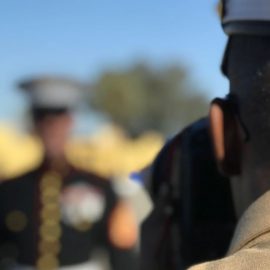

This article is an excerpt from the Shortform book guide to "Can't Hurt Me" by David Goggins. Shortform has the world's best summaries and analyses of books you should be reading.
Like this article? Sign up for a free trial here .
What David Goggins’ Air Force career like? Why did David Goggins decide to join the Air Force, and what did he learn there?
Goggins entered the Air Force to join the pararescue team, a force that helps rescue downed pilots. However, David Goggins’ Air Force dreams were cut short when he was discovered to have the sickle cell gene.
Read more about David Goggins’ Air Force career below.
Get Used to Discomfort: David Goggins’ Air Force Goals
Sometimes reaching your goals requires facing uncomfortable or difficult tasks. Learning how to do things you dislike helps you take steps toward your goals instead of staying in your comfort zone.
Goggins learned to face what made him uncomfortable during his service in the Air Force and the struggles afterward that motivated him to become a Navy SEAL.
Air Force Stint
David Goggins’ Air Force career began because he wanted to become a pararescueman: a member of the Air Force troops that rescue downed pilots. But he faced a large obstacle: training to swim. Many of the rescue operations would be over water, so he needed to pass a series of water competency tests.
Growing up, Goggins didn’t have swimming lessons, and he could only do the most basic of strokes. He also had difficulty floating, which made many of the tests, like being able to tread water without moving your arms, difficult. He spent nights full of fear about the next swimming test he’d have to pass. He doubted that he deserved to be there, felt rage toward the people in his cohort for having come from easier circumstances, and worried constantly about failing.
Part-way through his swimming training, the Army doctors discovered that he had the sickle cell gene. Though he didn’t have sickle cell anemia, doctors at the time thought that having the gene placed him at risk for sudden heart attacks. They made him pause his training, then reversed the decision. He could complete his training, but because he had missed some, he’d have to start from the beginning or transfer to another team.
The choice provided him the reason to quit that he wanted after weeks of feeling he wasn’t good enough to be a pararescueman. He was physically strong, but he didn’t have the mental willpower to start over and overcome this obstacle.
Goggins served out the remainder of his term working in the Tactical Air Control Party, or TAC-P. He felt ashamed that he hadn’t continued with the pararescue, and he told his family he’d been forced to transfer because of the medical issue. To address his shame, he exercised and built muscle mass. He weighed 255 pounds when he left.
After Goggins’s service, he continued to put on muscle, but also fat, reaching 300 pounds. He liked being bulkier in order to look intimidating. It helped him hide the shame he felt for not completing his pararescue training. Still, he felt like he had no real prospects and worked a job in pest control.

———End of Preview———
Like what you just read? Read the rest of the world's best book summary and analysis of David Goggins's "Can't Hurt Me" at Shortform .
Here's what you'll find in our full Can't Hurt Me summary :
- What a Navy SEAL says about pushing yourself to achieve greatness
- How to put in more effort to realize your potential
- The 10 challenges you can take on to reach your goals






